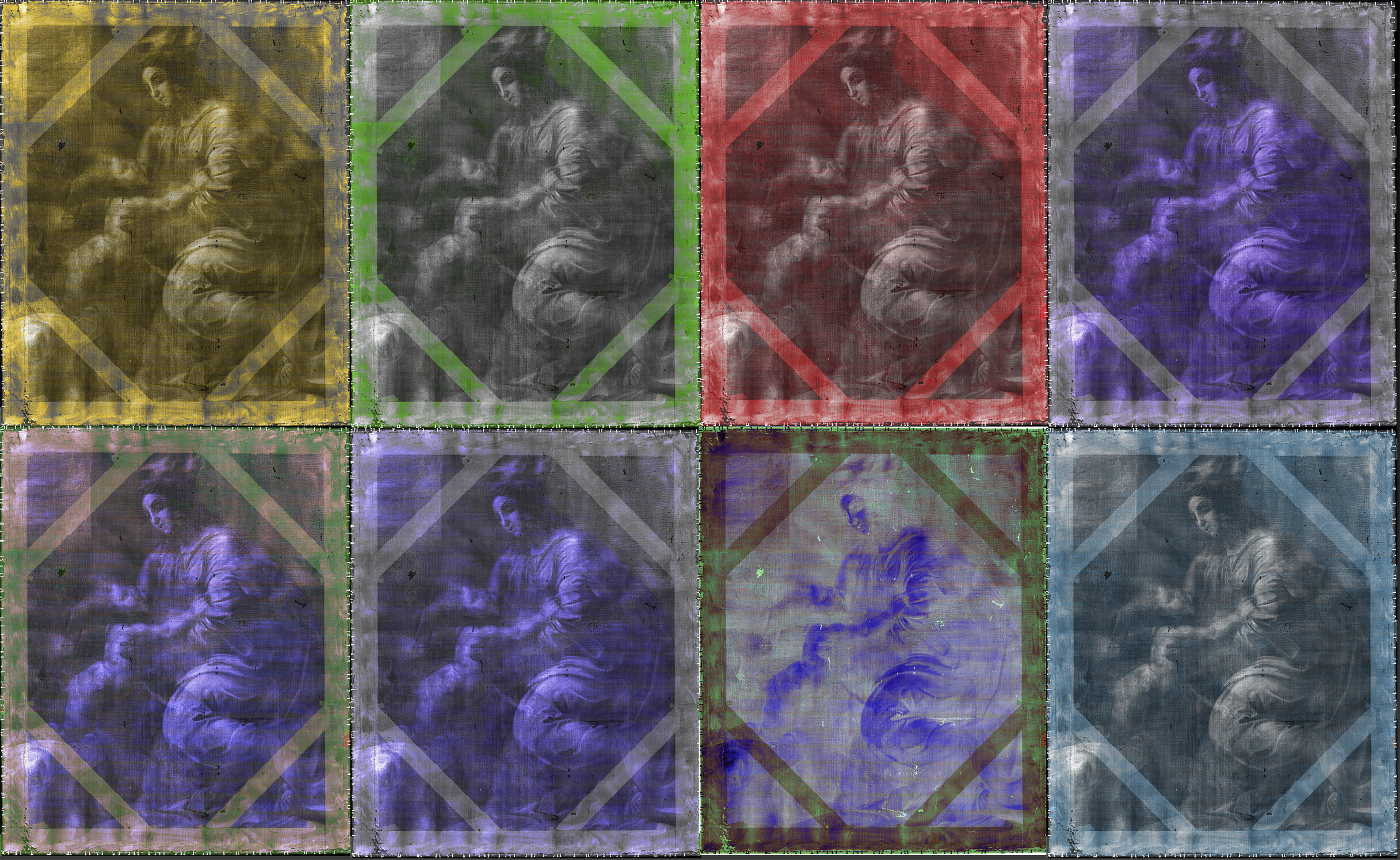The painting, which is over 500 years old, has long been attributed to Raphael, a contemporary of Leonardo Da Vinci and
Background to the painting “Madonna and Child”features some of Europe's great historical figures, as well as brutal combat and lucrative art deals. By order of Pope Leo X, the painting was in the Vatican, and the painting also visited the French royal family and Napoleon. However, at the end of the 19th century the painting disappeared from view. The painting is now in a private collection.
That Raphael was actually the creatora masterpiece, confirmed by research from experts from around the world, as well as an international advisory board. And recently this was additionally supported by the fledgling company InsightART, based at the ESA (European Space Agency) business incubation center, operated by Czech Invest, in Prague. A Czech startup is using space detector technology to study art.
Robotic X-ray scanner InsightARThas already been used to identify a previously unknown painting by Vincent van Gogh. The device uses a particle detector developed at CERN, the European particle physics laboratory, which was repurposed for space exploration and manufactured by the Czech company ADVACAM.
 The RToo robotic X-ray scanner in action. Credit: Jiri Lautenkrats, InsightART.
The RToo robotic X-ray scanner in action. Credit: Jiri Lautenkrats, InsightART.
“This technology, which is also used formeasuring radiation on the International Space Station, is capable of detecting and counting single photons, as well as determining their exact wavelength, ”explains Joseph Weer, Chief Technology Officer of InsightART. "Whereas a standard X-ray machine only produces black and white images, the RToo scanner produces 'color' - or spectral - X-ray images that allow materials to be distinguished based on their elemental composition."
The artwork was scanned in great detail, from the main layers to the final glaze, revealing in detail the inner structure of Raphael's painting.
“During this process, it became clear that the workwas done by Raphael, layer by layer, without the help of his assistants and apprentices in the workshop, ”underlines Jiří Lauterkranz, restorer and co-founder of InsightART.
 Spectral X-rays show previously hidden layers of the painting. Credit: Jiri Lautenkrats, InsightART.
Spectral X-rays show previously hidden layers of the painting. Credit: Jiri Lautenkrats, InsightART.
The company received business advice and financial support from the ESA Business Incubation Center in Prague.
Read also
After the introduction of the Russian vaccine, 144 side effects were found in volunteers
The annual mission in the Arctic has ended and the data are disappointing. What awaits humanity?
On day 3 of illness, most COVID-19 patients lose their sense of smell and often suffer from a runny nose